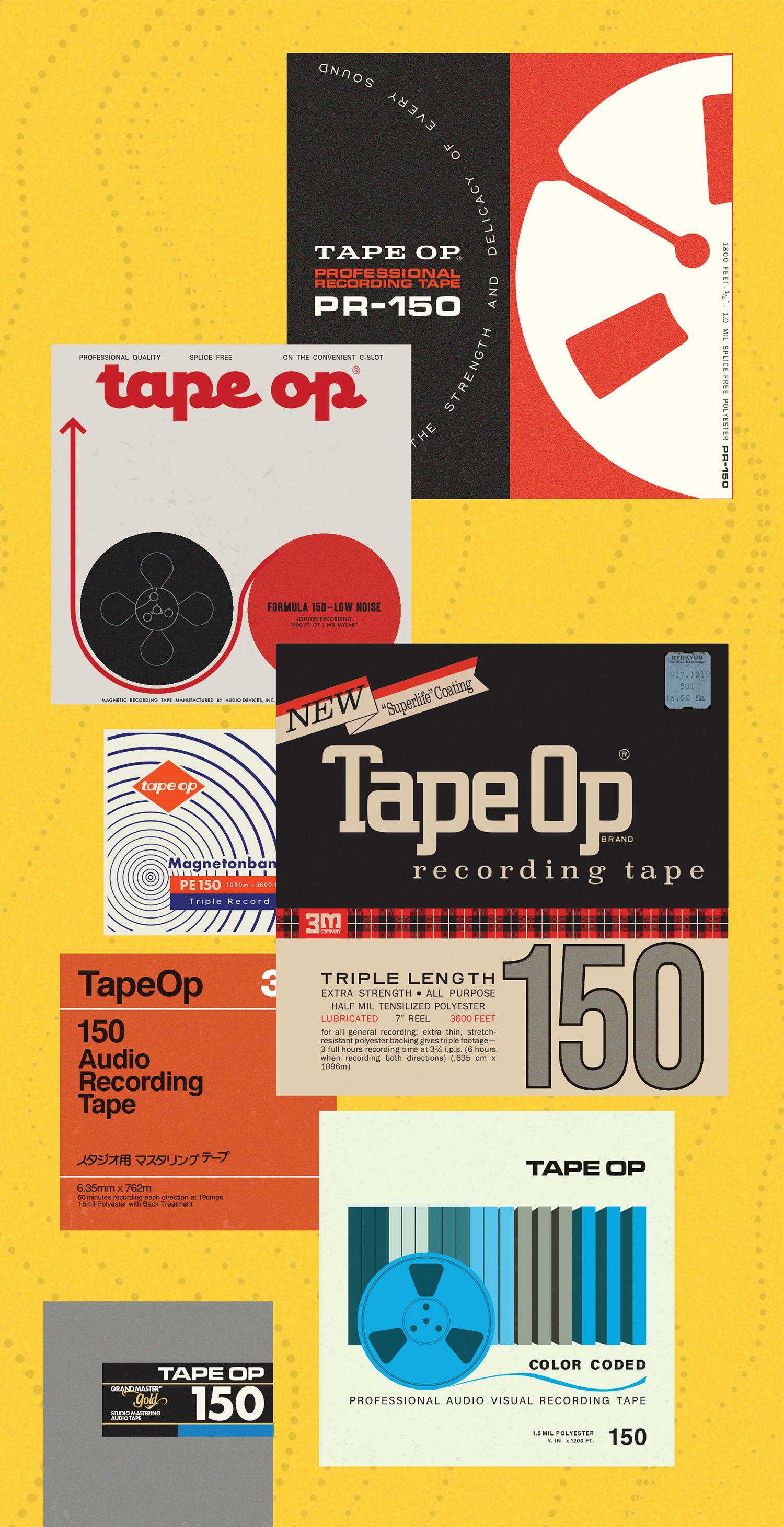You know the scenario: You’ve mic’d up a whole band, did the first day of tracking, and are shutting down for the night, coming back tomorrow for more takes. There are over 25 microphones placed all over the studio to capture various instruments. As we should know, these microphone elements – be they dynamic, ribbon, or condenser – can be damaged and function less efficiently if they collect dust, moisture, fibers, disintegrating foam, or (especially for ribbon mics’ magnets) microscopic metal particles. So, how do we best care for these mics overnight? Do we take them all down, place them into cases and bags, and put them all back up in the morning? Do we cover them with Ziploc baggies? Do we pull out those purple Crown Royal bags with the little drawstrings? What is the best solution to protect your mics?
Well, we have found a product that makes a lot of sense; Mic Sentry’s MS-series features four sizes of mic slipcover bags. These are made of white 100% lint-free polyester fabric. There’s a drawstring at the bottom opening, with a plastic cord lock to keep it tight. The fabric can breathe and wick moisture slightly, so any humidity won’t be trapped with the mic as it would in a plastic bag. The polyester doesn’t shed, as cotton fabrics will, so the Mic Sentry bags don’t spread any fibers to the mic like those Crown Royal bags (and many “supplied” mic covers) do. The bags can safely be laundered and air-dried if needed. We’ve been using a set of these covers at Jackpot! Recording for a few months now, and as a producer who leaves his multi-thousand dollar mics up on stands overnight to lazily have others (Jackpot!’s Randyy Darris) break everything down post-session, it’s been a sigh of relief to simply slip these covers on for protection. I’ve mostly used them on condenser and ribbon mics, but I might start covering the pricier dynamic mics as well.
Important side note: Many of us, myself included, store our mics in foam-lined cases and shelves. I hear that these foam rubber products can shed electrostatically charged particles, which can then possibly affect the mic’s performance. Storing our mics in protective slips like these when not in use will certainly help protect them from this issue.
What size MS do you need? MS100 is the standard, lowest cost, and medium-sized (5.25-inch by 7-inch) starting point (covers a larger mic body but not shock mount, or a Shure SM58 on a clip fully); but keep in mind that actually the MS200 is the smallest in width (still fitting many mics); the MS300 is next up (for larger condenser mics); the MS100 is second largest; and the MS400 is really big, made to cover a mic and its shock mount (and it works). Don’t forget that one can order “C” versions of these covers, where you get custom print jobs at a minimal expense. Safe mics and classy self-promotion! Check out the Mic Sentry website for prices, ordering, and a lot of helpful information about mic protection.




_disp_horizontal_bw.jpg)